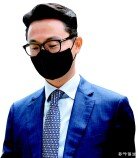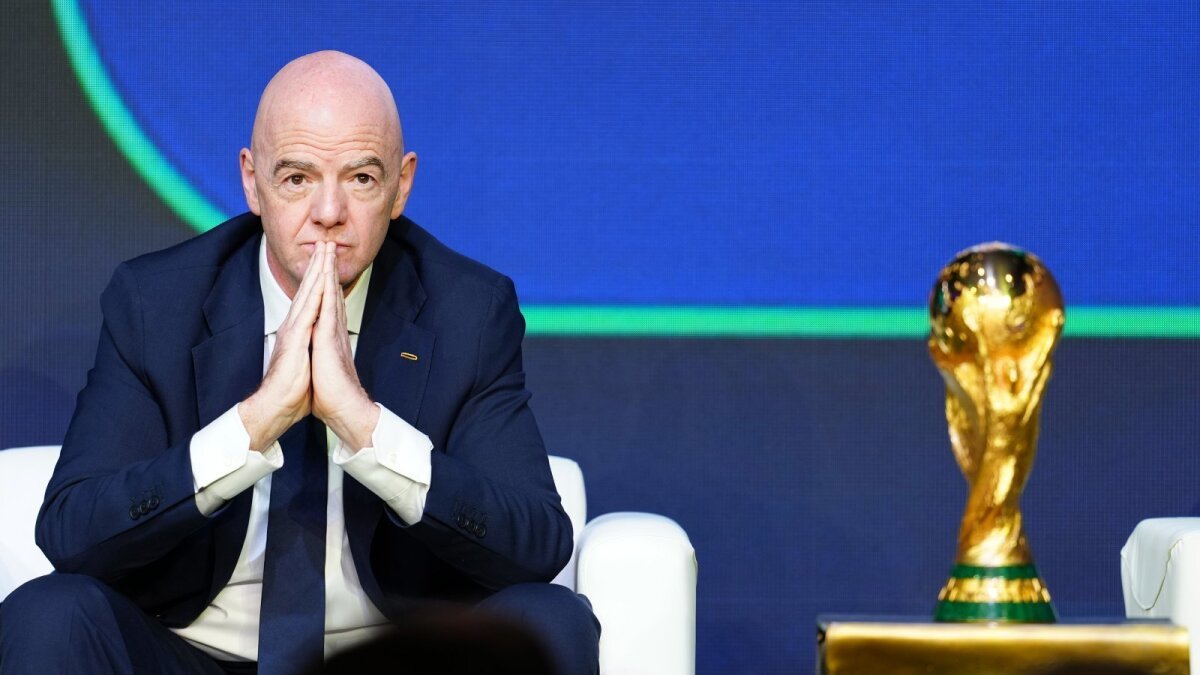[Contribution] North`s military buildup, a stern reality
[Contribution] North`s military buildup, a stern reality
Posted March. 06, 2001 18:38,
At the Korea-U.S. summit slated for Mar. 7 in Washington, President Kim Dae-Jung and his U.S. counterpart George W. Bush are expected to exchange views primarily on how to coordinate their future policies toward North Korea. Kim is likely to try to obtain Bush`s backing for his ``sunshine policy`` of engagement with North Korea, as he did in meeting with former President Bill Clinton. According to reports, Kim will champion the idea of issuing a joint peace declaration with North Korean Defense Commission Chairman Kim Jong-Il during his term and seek the U.S. president`s support for the proposal.
If this is actually his intention, Kim`s proposal on the peace declaration leaves room for public unease on the security situation here. Such apprehensions center around whether the North Korean leadership would live up to the terms of such a declaration. There are differences in the views of Seoul and Washington on the extent of the North`s military strength and its military strategy.
According to information provided by U.S. intelligence sources, the North Korean military has been recently strengthened and converted to an offensive posture. The sources said that over the past 18 months, some 70 percent of North Korea`s total military strength, up from 60 percent, has been deployed along the truce line and between Pyongyang and Wonsan. They also reported the advanced re-deployment of an additional 5 percent of its troops and 25 percent of its firepower from the rear to frontline areas. And during winter exercises between 1999 and 2000, one army corp and 30,000 soldiers were mobilized, an unprecedented number for such drills.
Worse yet, aerial photographs show that various surface-to-surface ballistic missiles and warheads are targeted at key military and civilian facilities in the South. American military authorities maintain that this is a clear indication that the current deployment of the North Korean armed forces is not for defensive purposes. They also expressed misgivings on the Korean side`s ``nonchalant`` attitude. Nevertheless, the Combined Korea-U.S. Command seems to have overlooked these warning signs.
Of special note is our lack of ability to collect information on North Korea. That is to say, that the South Korean military has only limited personnel and facilities for intelligence activities, while the U.S. monopolizes the means of intelligence-gathering with its high-tech equipment and scientific techniques. Under the circumstances, is it wise for the Korean side to take little note of U.S. concerns over the ominous North Korean military maneuvers? President Kim is sure to face probing questions from the American side on a wide range of issues related to Korean security.
Lee Dong-Bok, Visiting professor at Myongji University and former National Assemblyman




![‘친구’란 말에, 치매 아버지는 고향땅 800평을 팔았다[히어로콘텐츠/헌트①-上]](https://dimg.donga.com/c/138/175/90/1/wps/NEWS/IMAGE/2025/12/14/132961909.1.jpg)

![10번 북송된 그녀, 73만 유튜버 되다…탈북 유튜브 ‘유미카’ 뒷이야기[주성하의 북에서 온 이웃]](https://dimg.donga.com/c/138/175/90/1/wps/NEWS/IMAGE/2025/12/12/132938957.1.jpg)
